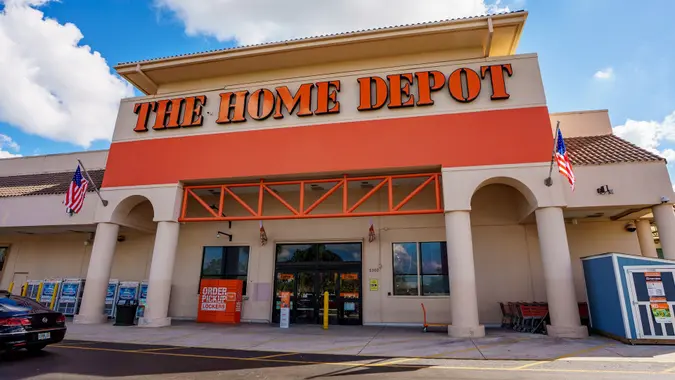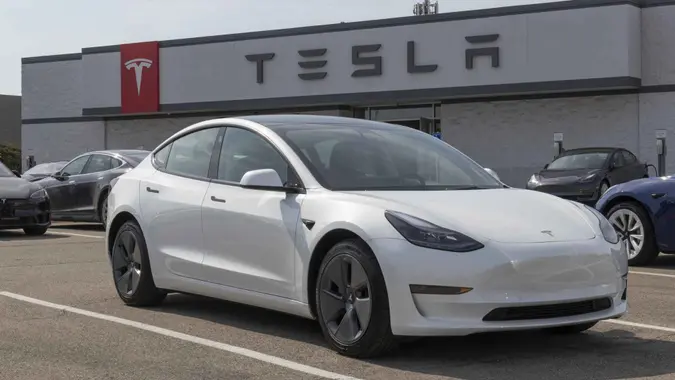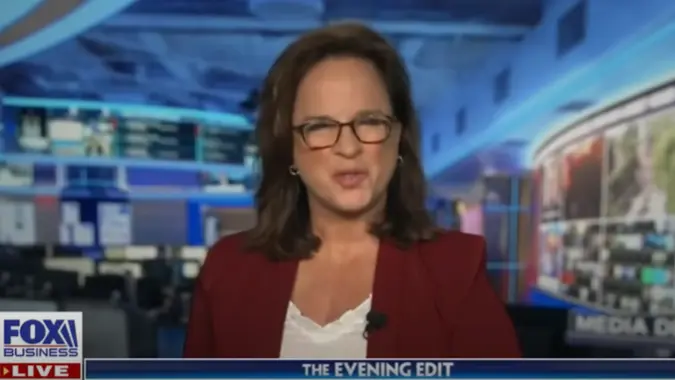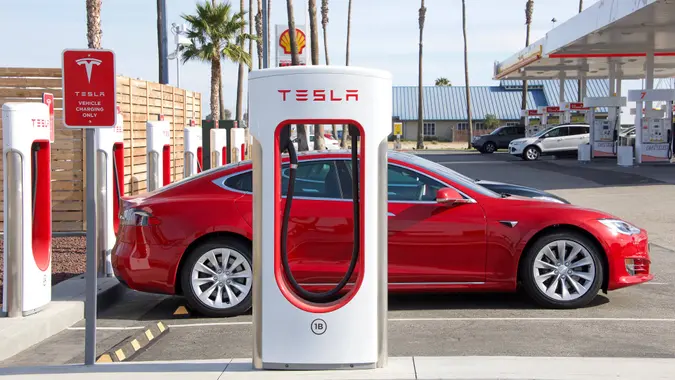Here’s How Much a $1,000 Investment in Chevron Stock 10 Years Ago Would Be Worth Now

Commitment to Our Readers
GOBankingRates' editorial team is committed to bringing you unbiased reviews and information. We use data-driven methodologies to evaluate financial products and services - our reviews and ratings are not influenced by advertisers. You can read more about our editorial guidelines and our products and services review methodology.

20 Years
Helping You Live Richer

Reviewed
by Experts

Trusted by
Millions of Readers
With a market capitalization of nearly $300 billion, per CNN, Chevron (CVX) is one of the major players when it comes to energy companies. Along with its even larger main rival, ExxonMobil (XOM), American-based Chevron has been a solid investment for decades. But that’s not to say that if you had bought the stock a decade ago you would not have thought hard about your choice along the way. It’s had its share of dips.
The good news is that those dips have been short-lived and the stock has, so far, always bounced back. The bad news is that, despite Chevron recognizing that the future of the energy sector is likely greener than the past, and making some moves into alternative energy sectors, at its core the giant is an oil and gas company.
Does Chevron Pay Dividends?
It does. In fact, it pays a significantly higher dividend than its chief rival ExxonMobil. Chevron’s dividend yield is 4.04%, compared to ExxonMobil’s yield of 3.21%, per Nasdaq, as of early May. This dividend yield, if reinvested, really adds up over a decade.
What Would Your $1,000 Be Worth Now?
So how smart would you look today if you placed a $1,000 bet on Chevron on May 1, 2014? If you did not reinvest your dividends, your shares would be worth $1,674.07 today. If you had reinvested them, you would be sitting on $1,948.27, or an annual return of 6.89%. Not exactly a life-changing gusher.
Still, it is better than Chevron’s competitor ExxonMobil, which would have yielded $1,754.73, or an annual return of 5.78%, assuming dividend reinvestment. It should be noted that neither company would have beat the S&P 500, which would have turned your $1,000 into $2,736.09 over the same period, again assuming dividend reinvestment. That’s a 10.78% annualized return on your money.
Should You Buy Chevron Now?
Based strictly on the numbers above, perhaps it would be better to place your money in a much more diversified, and possibly safer, S&P 500 index fund. However, some believe that Chevron is poised for a good 12 months ahead. For instance, according to the majority of CNN Business’s aggregation of 26 analysts, Chevron is a “Buy,” with none calling for a “Sell.” With Chevron’s solid history and impressive dividend, it’s hard to argue.
 Written by
Written by  Edited by
Edited by 

























